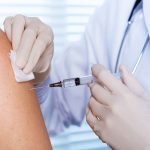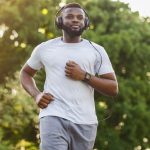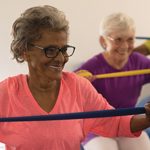
Think your dog is smart? New research suggests one way to find out. Most dogs can’t learn words without extensive training, but a few with exceptional abilities learn words without any formal training, researchers report. They learn words simply by playing with their owners. The team of Hungarian researchers investigated how quickly two of these talented pooches could learn new words. Their study included a Border Collie named Whisky from Norway — already famous for her spontaneous categorization skills — and a Yorkshire terrier named Vicky Nina, from Brazil. “We wanted to know under which conditions the gifted dogs may learn novel words. To test this, we exposed Whisky and Vicky Nina to the new words in two different conditions — during an exclusion-based task and in a social, playful context with their owners,” said study first author Claudia Fugazza, a member of the Family Dog Project research team at Eötvös Loránd University, in Budapest. “Importantly, in both conditions the dogs heard the name of the new toy only four times,” Fugazza said. In the exclusion-based task, the dogs were presented with seven familiar dog toys, along with a new one. Their ability to choose the new toy after hearing its new name was tested. The dogs failed this test. But the dogs quickly learned the name of a new toy after hearing it just… read on > read on >













